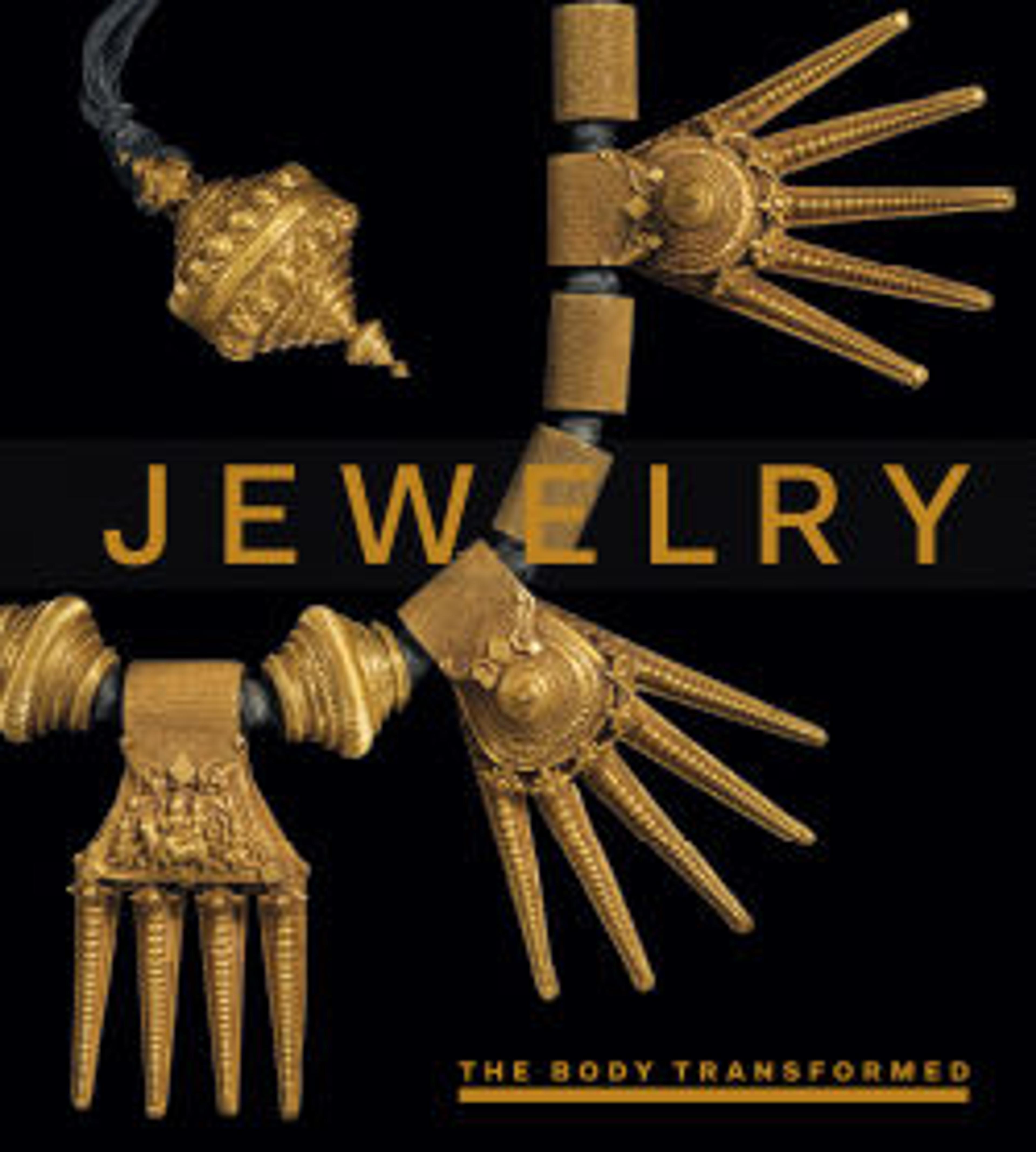Marriage Necklace (Thali)
Elaborate necklaces of this type were presented by the groom’s family during wedding celebrations of the Chetiar community, a Shaivite mercantile caste, and formed part of the bride’s wealth (stridhan) thereafter. The necklace was initially part of a dowry given to the bride by the groom at a climactic moment in the ceremony, the three knots ritual. This form of necklace is known as a Kali-Tiru; the elaborate Thali type, as seen here, generally includes a central Shiva and Parvati on a medallion. The four fingers of the central pendant are understood as denoting the four Vedas.
Artwork Details
- Title: Marriage Necklace (Thali)
- Date: late 19th century
- Culture: India (Tamil Nadu, Chetiar)
- Medium: Gold strung on black thread
- Dimensions: Bottom of central bead to end of counterweight: L. 33 1/4 in. (84.5 cm)
- Classification: Jewelry
- Credit Line: Gift of Cynthia Hazen Polsky, 1991
- Object Number: 1991.32.3
- Curatorial Department: Asian Art
More Artwork
Research Resources
The Met provides unparalleled resources for research and welcomes an international community of students and scholars. The Met's Open Access API is where creators and researchers can connect to the The Met collection. Open Access data and public domain images are available for unrestricted commercial and noncommercial use without permission or fee.
To request images under copyright and other restrictions, please use this Image Request form.
Feedback
We continue to research and examine historical and cultural context for objects in The Met collection. If you have comments or questions about this object record, please contact us using the form below. The Museum looks forward to receiving your comments.
